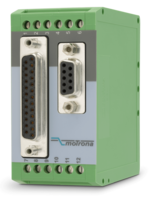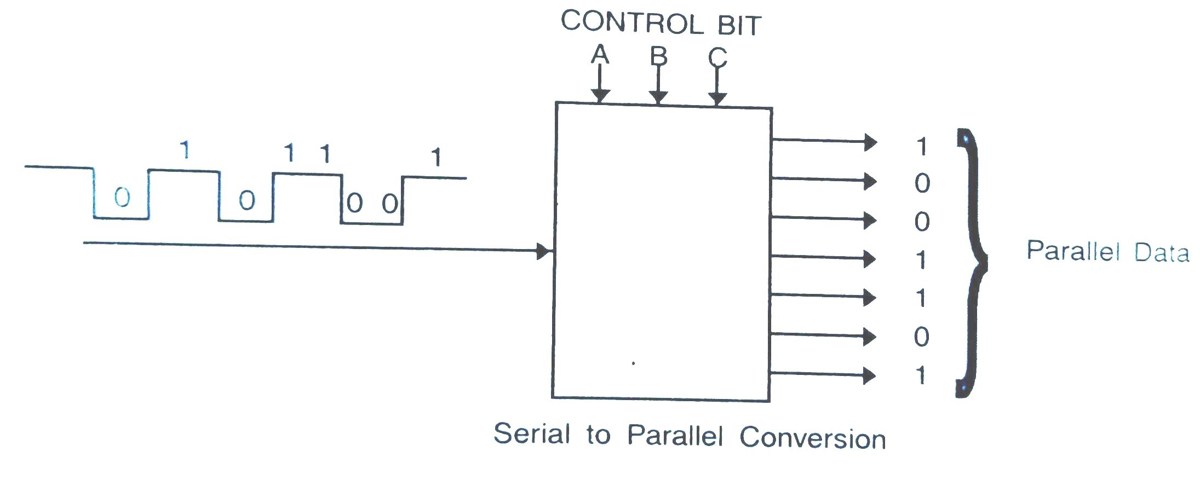

Why do we use serial to parallel converter?
#Analog parallel to serial converter software#
➢ These devices are software programmable for number of data bits, parity and number of stop bits. ➢ The devices are designed for this purpose are called universal synchronous asynchronous receiver-transmitter. ➢ The serial to parallel converter is used to convert serial data bits into parallel data.

Which of the following is used to convert serial to parallel data? This chip can be programmed to convert parallel data to serial and vice versa. One example of such an application specific chip, is the INTEL 8251A, which is a Universal Synchronous/Asynchronous Receiver/Transmitter (USART) chip. What is responsible for serial to parallel and serial to parallel conversion?
#Analog parallel to serial converter how to#

Together, they are often used in digital systems to provide the complete interface with analog sensors and output devices for control systems such as those used in automotive engine controls: In block diagram form, it looks like this: In block diagram form, it can be represented as such:Ī DAC, on the other hand, inputs a binary number and outputs an analog voltage or current signal. Analog to Digital ConverterĪn ADC inputs an analog electrical signal such as voltage or current and outputs a binary number. An analog-to-digital converter, or ADC, performs the former task while a digital-to-analog converter, or DAC, performs the latter. What is needed is a way to electronically translate analog signals into digital (binary) quantities, and vice versa. However, when analog devices are involved, interfacing becomes much more complex. Switches, relays, and encoders are easily interfaced with gate circuits due to the on/off nature of their signals. Connecting digital circuitry to sensor devices is simple if the sensor devices are inherently digital themselves.


 0 kommentar(er)
0 kommentar(er)
